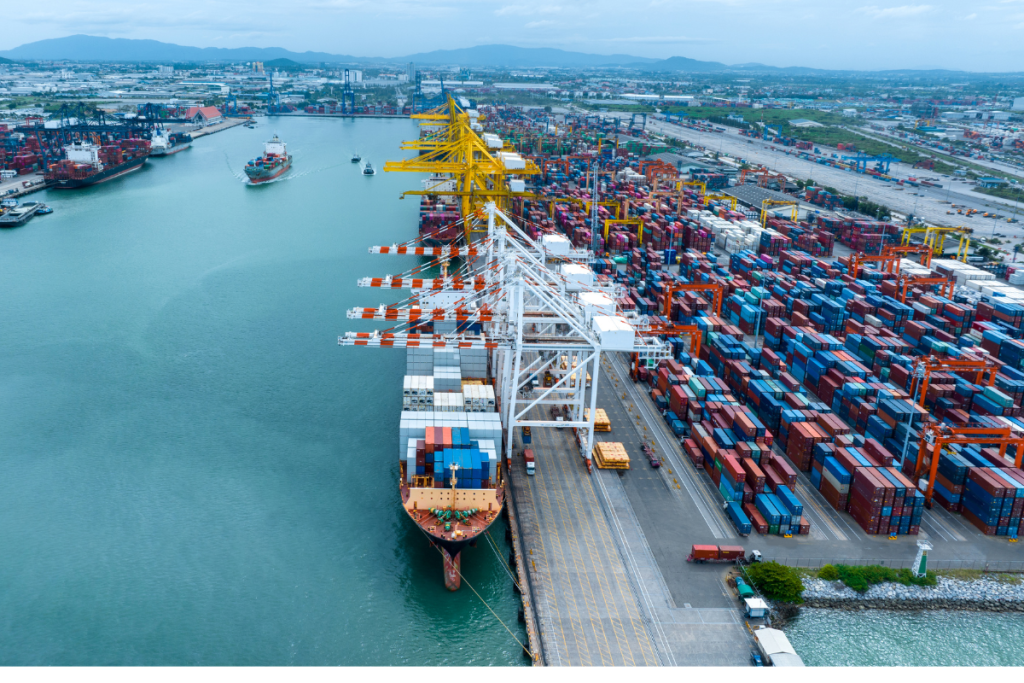A new PwC Pulse Survey reveals a cautious optimism among U.S. business leaders, with nearly half expecting uncertainty to ease by year-end while others brace for longer-term disruption. Industry leaders are taking decisive steps to mitigate risk, from supplier diversification to onshoring and stockpiling strategies.
Diverging Views on Stability
The first 100 days of the Trump administration have triggered a recalibration of corporate strategy. PwC’s Pulse Survey highlights a near-even split: 48% of executives anticipate that economic uncertainty will fade within the year, while a similar share expect it to persist through the next election cycle.
Despite this uncertainty, more than half (53%) have moved past planning and taken action. About one-third (32%) see potential opportunities on the horizon, while 51% are pursuing mergers and acquisitions to secure a stronger footing in a volatile market.
Supply Chain Leaders Move to Secure Operations
For supply chain leaders, the survey reveals a push to fortify operations against unpredictable policy shifts. Sixty-two percent have already cut costs and revised financial forecasts. Nearly half (48%) are exploring onshoring strategies to reduce exposure to international disruptions, while 76% are re-evaluating their China sourcing strategies.
Tariff impacts are a focal point, with 65% renegotiating supplier contracts and 60% ready to pass costs along to customers. In the consumer markets sector, 60% of executives are stockpiling critical materials, intensifying pressures on warehousing and logistics.
Industrial firms are also grappling with energy security, with 72% calling it a moderate or serious risk. Climate policy is increasingly influential, cited by 44% of energy and resources executives as a key factor in near-term decision-making.
Grounded Action Over Bold Bets
The survey findings point to a shift in tone among corporate leaders. Supply chain leaders, in particular, are favoring targeted, practical measures over sweeping transformations. Rather than betting on broad restructuring, they are focusing on solidifying their operational base – renegotiating contracts, adjusting sourcing strategies, and fine-tuning logistics to meet shifting demands.
Executives recognize that today’s trade and regulatory environment requires a level-headed response—one that balances caution with an eye on future resilience. The emphasis is on what they can control: mitigating exposure, strengthening supplier relationships, and ensuring that short-term volatility does not derail long-term plans. While such moves may not grab attention outside the boardroom, they reflect a discipline that could prove decisive as policy landscapes and trade flows continue to evolve.




